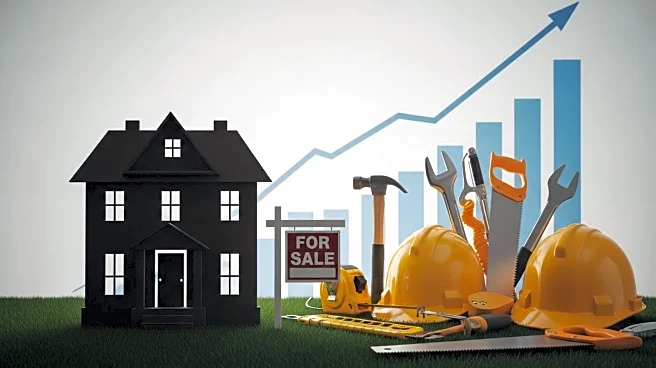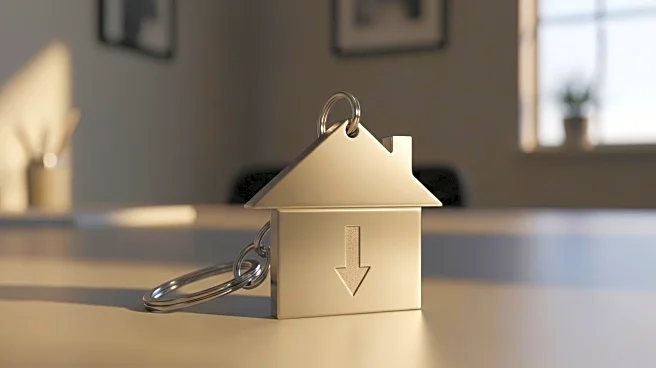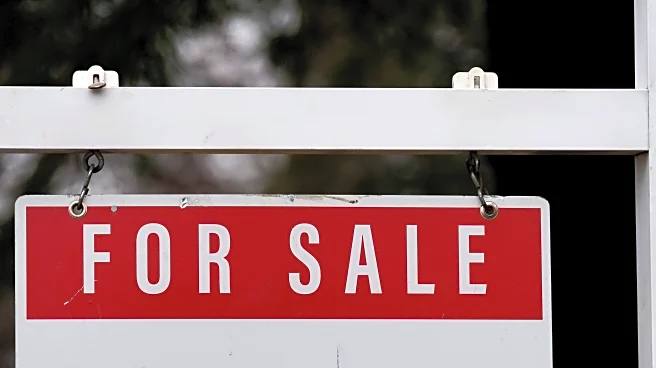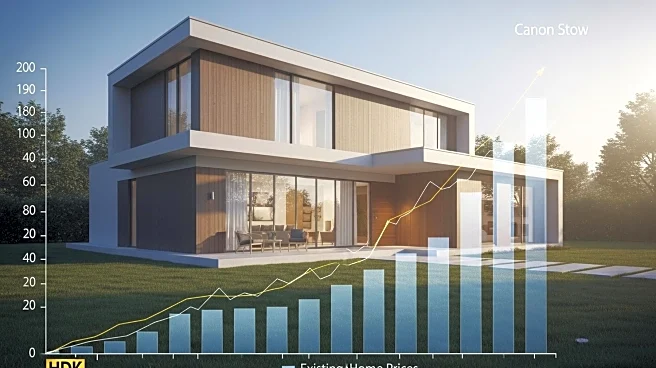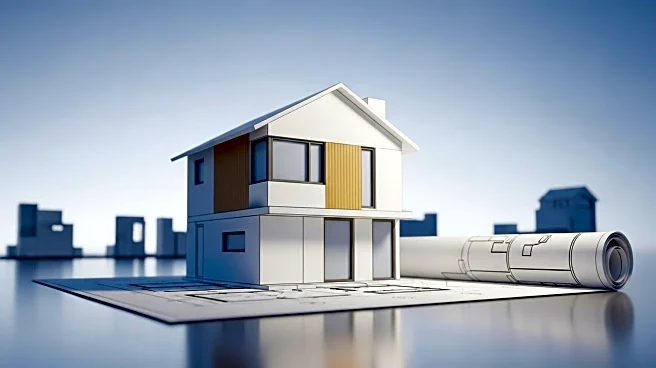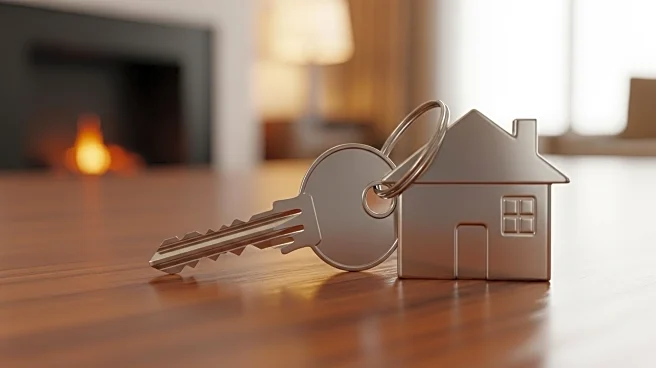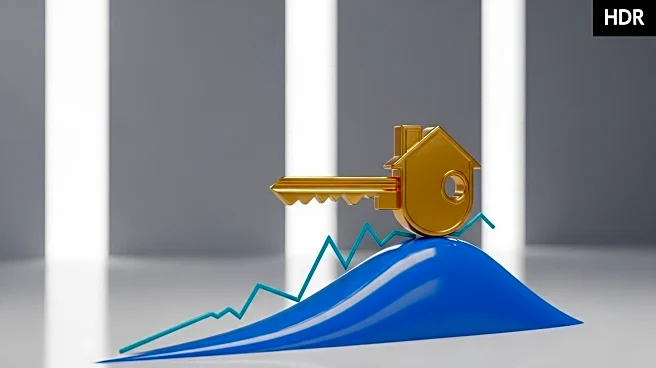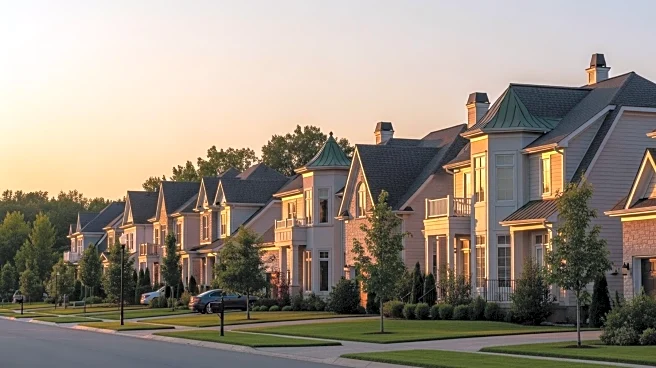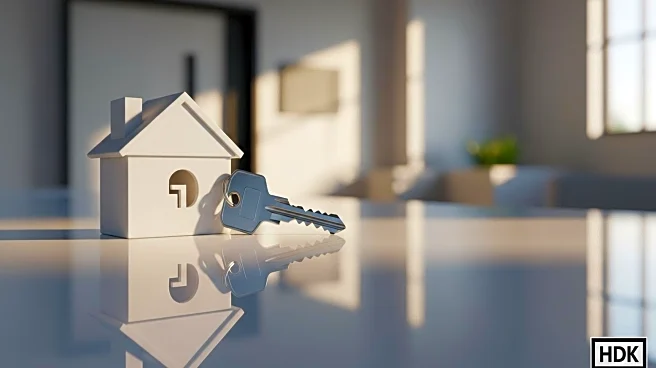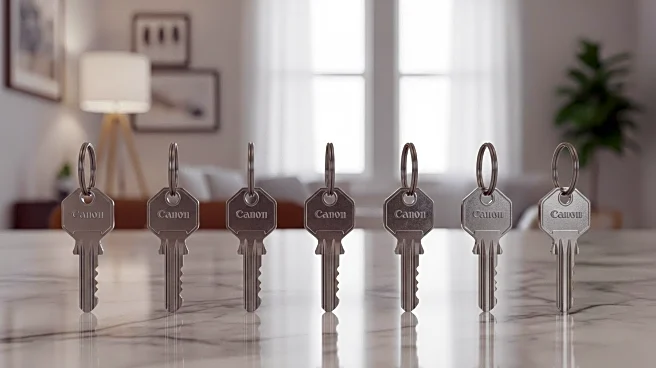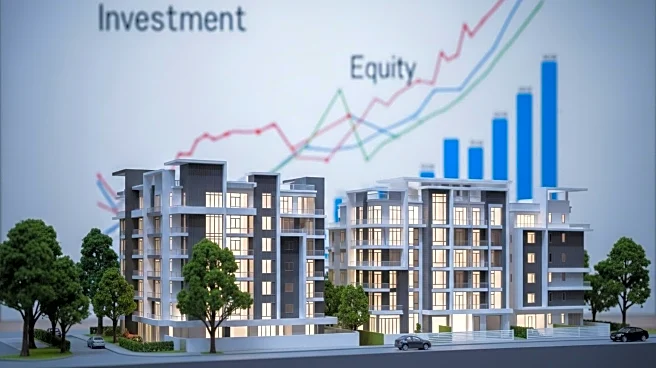What is the story about?
What's Happening?
The profitability of home flipping in the U.S. has reached its lowest point since 2008, with the typical return on investment dropping to 25.1% before expenses. This decline is attributed to the rising costs of acquiring properties, as home prices continue to climb nationally. The median price for a home flipped in the second quarter was $259,700, a record high. Despite the reduced profitability, home flipping remains prevalent, accounting for 7.4% of all home sales in the second quarter. The U.S. housing market has been in a slump since early 2022, with high mortgage rates contributing to sluggish sales and increased inventory.
Why It's Important?
The decline in home flipping profits highlights the challenges faced by real estate investors in a market characterized by high acquisition costs and competitive pricing. This trend could impact the overall housing market by reducing the number of investors willing to engage in flipping, potentially leading to a slowdown in the renovation and resale of homes. Additionally, the increased share of investor-owned homes, which now account for 20% of single-family homes, raises concerns about the accessibility of homeownership for first-time buyers. The ongoing housing shortage and high prices may continue to limit opportunities for aspiring homeowners.
What's Next?
As the housing market adjusts to these conditions, investors may need to explore alternative strategies to maintain profitability, such as focusing on rental properties or diversifying their portfolios. Policymakers might also consider measures to address the affordability crisis, ensuring that the housing market remains accessible to a broader range of buyers. The future of home flipping will likely depend on the balance between acquisition costs, market demand, and the availability of affordable properties.
AI Generated Content
Do you find this article useful?
